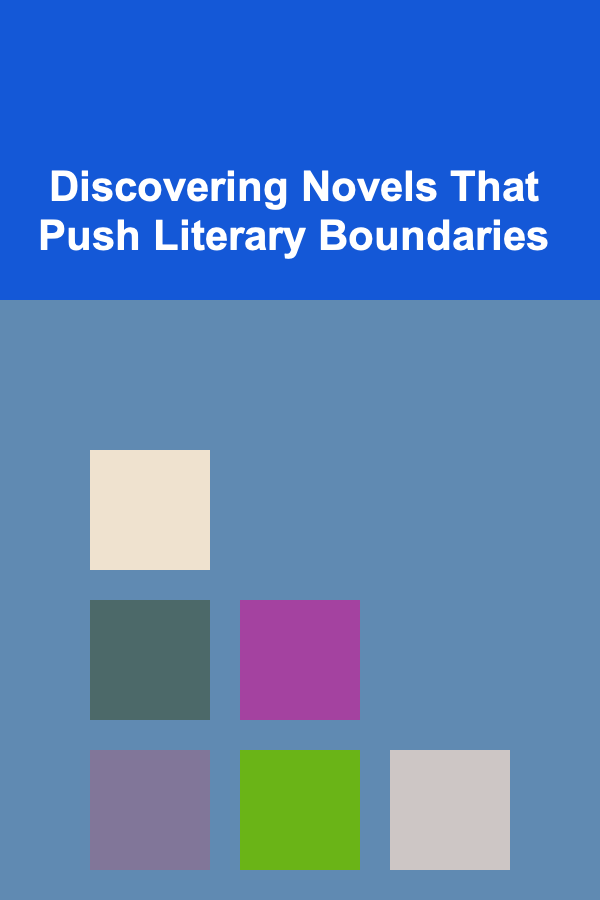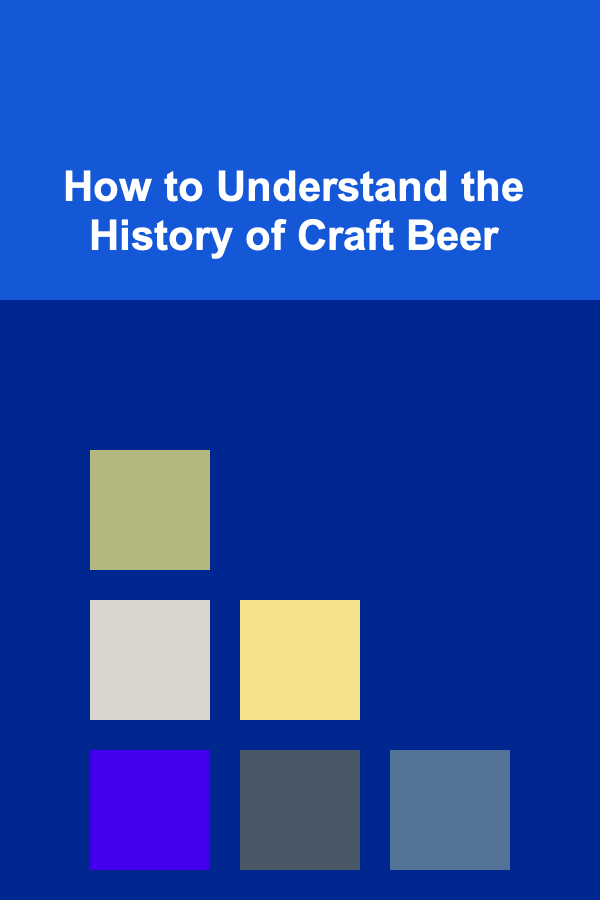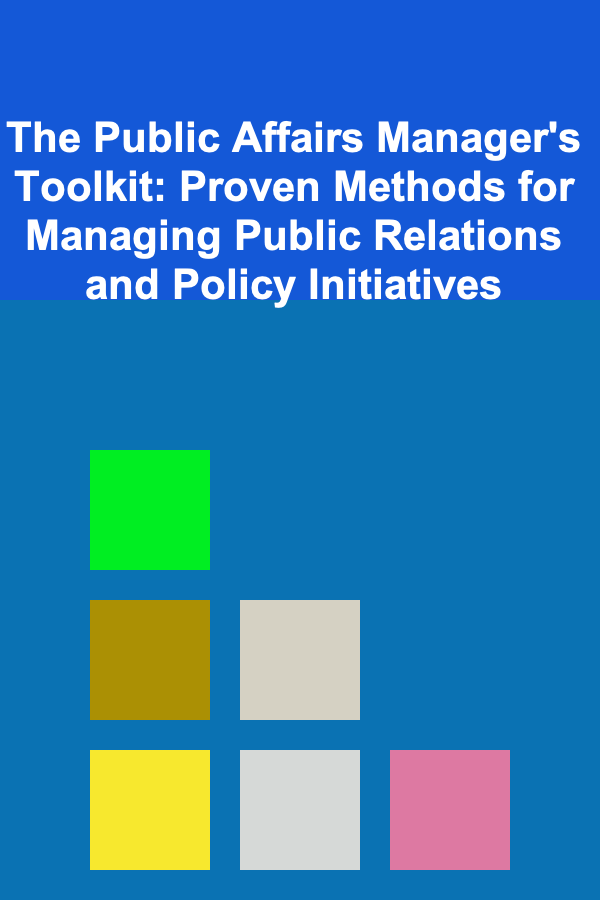
Discovering Novels That Push Literary Boundaries
ebook include PDF & Audio bundle (Micro Guide)
$12.99$8.99
Limited Time Offer! Order within the next:

The world of literature is vast and ever-evolving. While familiar narratives and established styles provide comfort and entertainment, true literary innovation lies in those novels that dare to challenge conventions, experiment with form, and explore uncharted territories of human experience. Discovering these groundbreaking works requires a conscious effort, a willingness to step outside one's comfort zone, and a discerning eye for the truly exceptional. This essay delves into the multifaceted process of uncovering novels that push literary boundaries, examining strategies, resources, and critical perspectives that can guide readers towards enriching and transformative reading experiences.
Understanding Literary Boundaries and Innovation
Before embarking on the search, it's crucial to understand what constitutes a "literary boundary" and how innovation manifests itself in novel writing. A literary boundary is essentially a convention -- a widely accepted norm regarding narrative structure, character development, thematic exploration, language use, or genre categorization. These boundaries are not static; they shift and evolve over time, influenced by social, cultural, and historical contexts. What was considered radical in one era might become commonplace in another.
Literary innovation, therefore, involves challenging or subverting these conventions in meaningful ways. This can take many forms:
- Formal Experimentation: Breaking away from traditional narrative structures, such as linear timelines, omniscient narrators, or conventional chapter divisions. This might involve stream-of-consciousness techniques (e.g., James Joyce's Ulysses ), fragmented narratives (e.g., David Mitchell's Cloud Atlas ), or epistolary forms (e.g., Samuel Richardson's Pamela) used in unconventional ways.
- Linguistic Innovation: Employing unconventional language, neologisms (newly coined words), or dialectal variations to create a unique voice or to reflect the inner world of characters. Think of Anthony Burgess's A Clockwork Orange with its "Nadsat" slang, or Toni Morrison's use of African American Vernacular English to capture the rhythms and nuances of her characters' lives.
- Thematic Exploration: Tackling taboo subjects, questioning societal norms, or delving into the complexities of human psychology with unflinching honesty. This might involve exploring marginalized identities, challenging traditional gender roles, or grappling with existential questions in new and provocative ways.
- Genre Blending: Fusing elements from different genres to create hybrid forms that defy easy categorization. For instance, blending science fiction with literary fiction (e.g., Kazuo Ishiguro's Never Let Me Go ), or incorporating magical realism into historical narratives (e.g., Gabriel Garcia Marquez's One Hundred Years of Solitude).
- Metafiction: Drawing attention to the artificiality of the novel itself, breaking the fourth wall, and engaging in self-reflexive commentary on the act of storytelling. This can involve characters who are aware they are in a novel, authors who intrude into the narrative, or stories that explicitly question the nature of reality and fiction.
It's important to note that simply being unconventional does not automatically equate to literary merit. True innovation requires purpose and skill. The deviations from established norms should serve a meaningful artistic purpose, enhancing the reader's understanding of the story, characters, or themes. Furthermore, the execution must be skillful, demonstrating a mastery of language, craft, and storytelling.
Strategies for Identifying Boundary-Pushing Novels
Finding novels that push literary boundaries requires a proactive and inquisitive approach. Here are several strategies to guide your search:
1. Consult Reputable Review Sources and Literary Awards
Established review publications and prestigious literary awards can serve as valuable filters, highlighting novels that have garnered critical acclaim and demonstrated exceptional literary merit. Look beyond mainstream best-seller lists and explore reviews from sources that prioritize literary quality and innovation.
- Literary Journals and Magazines: Publications like The Paris Review , The New York Review of Books , Granta , The Sewanee Review , and The Los Angeles Review of Books often feature in-depth reviews and essays that analyze novels from a critical perspective, identifying their strengths and weaknesses, and placing them within a broader literary context.
- Independent Bookstores and Blogs: Independent bookstores often curate selections of books that are less likely to be found in chain stores. Their staff are usually knowledgeable and passionate about literature, and can offer personalized recommendations. Many literary blogs also provide insightful reviews and discussions of contemporary novels, often focusing on experimental or unconventional works.
- Literary Awards: Awards like the Booker Prize, the National Book Award, the Pulitzer Prize for Fiction, and the Women's Prize for Fiction often recognize novels that demonstrate exceptional literary quality and innovative storytelling. However, it's important to remember that awards are subjective and reflect the tastes of the judges. Explore the longlists and shortlists for potential discoveries, even if a book doesn't ultimately win.
When consulting reviews, pay attention to the language used by critics. Look for descriptions that highlight experimentation, innovation, risk-taking, and originality. Be wary of reviews that focus solely on plot or entertainment value, as these may not adequately capture the nuances of a boundary-pushing novel.
2. Explore the Works of Established Experimental Authors
Once you identify a few authors whose work you find particularly innovative, delve deeper into their oeuvre. Often, writers who challenge literary conventions do so consistently throughout their careers. Exploring their back catalog can lead to further discoveries of boundary-pushing novels.
Consider authors like:
- Virginia Woolf: Known for her stream-of-consciousness technique and her exploration of interiority in novels like Mrs. Dalloway and To the Lighthouse.
- James Joyce: Revolutionized the novel with his experimental use of language, stream of consciousness, and fragmented narrative in Ulysses and Finnegans Wake.
- William Faulkner: Master of Southern Gothic, known for his complex narrative structures, stream-of-consciousness, and exploration of the American South in novels like The Sound and the Fury and As I Lay Dying.
- Gabriel Garcia Marquez: Pioneer of magical realism, blending fantasy and reality to explore themes of love, loss, and political oppression in novels like One Hundred Years of Solitude and Love in the Time of Cholera.
- Toni Morrison: Explored the African American experience with unflinching honesty and lyrical prose, pushing boundaries of language and narrative in novels like Beloved and Song of Solomon.
- Salman Rushdie: Known for his magical realism, postcolonial themes, and blending of history and mythology in novels like Midnight's Children and The Satanic Verses.
- David Foster Wallace: Challenged the boundaries of the novel with his encyclopedic knowledge, postmodern irony, and exploration of contemporary culture in novels like Infinite Jest.
This is just a small sample, of course. The field of experimental literature is vast and diverse. Researching the works of these authors can lead you to discover other writers who have been influenced by them or who are pushing boundaries in similar ways.
3. Investigate Independent Presses and Small Publishers
Major publishing houses often prioritize commercial viability over literary experimentation. Independent presses and small publishers, on the other hand, are more likely to take risks and publish unconventional works that might not find a home in the mainstream market. These presses often serve as incubators for new and innovative talent.
Some notable independent presses known for publishing boundary-pushing fiction include:
- Dalkey Archive Press: Dedicated to publishing and preserving avant-garde and experimental literature from around the world.
- Coffee House Press: Publishes innovative and challenging fiction, poetry, and non-fiction.
- Graywolf Press: Known for its commitment to literary excellence and its focus on publishing diverse voices and perspectives.
- New Directions Publishing: A long-standing publisher of experimental and avant-garde literature, including works by Ezra Pound, William Carlos Williams, and Gertrude Stein.
- Two Lines Press: Focuses on translated literature, bringing innovative voices from around the world to an English-speaking audience.
Exploring the catalogs of these presses can be a rewarding way to discover hidden gems and unearth novels that challenge your expectations of what a novel can be.
4. Participate in Literary Communities and Discussions
Engaging with other readers and writers can broaden your horizons and expose you to new perspectives on literature. Joining book clubs, attending literary events, and participating in online discussions can help you discover novels that you might not have encountered otherwise.
- Book Clubs: Choose book clubs that focus on literary fiction and are open to reading challenging and experimental works. Participate actively in discussions, sharing your own interpretations and listening to the perspectives of others.
- Literary Festivals and Readings: Attending literary festivals and author readings can provide opportunities to hear authors discuss their work and to learn about new and upcoming novels.
- Online Forums and Communities: Platforms like Goodreads, Reddit (r/books, r/suggestmeabook), and other online forums dedicated to literature can be valuable resources for discovering new and interesting books. Participate in discussions, ask for recommendations, and share your own discoveries.
By engaging with literary communities, you can tap into a collective intelligence and discover novels that have resonated with other readers who share your interest in boundary-pushing literature.
5. Embrace the Art of Close Reading and Critical Analysis
Ultimately, the most important tool for discovering boundary-pushing novels is your own ability to read critically and analyze the text. Pay attention to the author's choices regarding narrative structure, language, character development, and thematic exploration. Ask yourself:
- How does this novel deviate from traditional conventions?
- What is the purpose of these deviations?
- How effective are these deviations in enhancing the reader's understanding of the story, characters, or themes?
- Does the novel challenge my assumptions or offer new perspectives on the world?
- Does the novel demonstrate a mastery of language and craft?
By engaging in close reading and critical analysis, you can develop your own criteria for evaluating literary innovation and identify novels that truly push the boundaries of the form.
Examples of Novels That Push Literary Boundaries
To further illustrate the concept, here are some examples of novels that are widely considered to push literary boundaries, along with brief explanations of how they do so:
- Ulysses by James Joyce: A modernist masterpiece that revolutionized the novel with its stream-of-consciousness technique, its complex allusions, and its exploration of the inner lives of its characters. It also challenged conventional narrative structure by condensing the events of a single day into a vast and multifaceted narrative.
- One Hundred Years of Solitude by Gabriel Garcia Marquez: A seminal work of magical realism that blends fantasy and reality to explore themes of love, loss, and political oppression in a fictional Colombian town. Its non-linear narrative, its recurring motifs, and its larger-than-life characters create a unique and unforgettable reading experience.
- Beloved by Toni Morrison: A powerful and haunting novel that explores the legacy of slavery in America through the story of Sethe, a former slave who is haunted by the ghost of her dead child. Morrison's use of lyrical prose, her exploration of trauma, and her unflinching portrayal of the horrors of slavery push the boundaries of historical fiction.
- Infinite Jest by David Foster Wallace: A sprawling and ambitious novel that explores themes of entertainment, addiction, and the search for meaning in a postmodern world. Wallace's use of footnotes, his complex narrative structure, and his encyclopedic knowledge create a challenging but rewarding reading experience.
- House of Leaves by Mark Z. Danielewski: A metafictional horror novel that challenges the traditional format of the book. The text is arranged in unconventional ways, with different fonts, colors, and layouts that reflect the fragmented and disorienting nature of the story. The novel also incorporates photographs, diagrams, and other visual elements to create a multimedia experience.
- Flights by Olga Tokarczuk: Winner of the Man Booker International Prize, this novel is a fragmented exploration of travel, identity, and the human condition. It consists of interconnected stories, essays, and anecdotes that defy easy categorization. Tokarczuk's experimental structure and her philosophical musings create a unique and thought-provoking reading experience.
- Lincoln in the Bardo by George Saunders: This novel reimagines the death of Abraham Lincoln's son, Willie, as a spectral experience in the Bardo, a Tibetan Buddhist intermediate state between death and rebirth. Saunders's use of multiple narrators, his blend of historical fiction and the supernatural, and his exploration of grief and loss create a deeply moving and unconventional reading experience.
- The Sellout by Paul Beatty: A satirical novel that explores themes of race, identity, and American history through the story of a young black man who attempts to reinstate segregation in his California town. Beatty's use of humor, irony, and provocation challenges readers to confront uncomfortable truths about race and inequality.
These are just a few examples, and the definition of "boundary-pushing" is subjective and open to interpretation. The key is to explore different genres, styles, and authors and to develop your own criteria for evaluating literary innovation.
The Importance of Embracing Literary Risk
Reading novels that push literary boundaries is not always easy. These books can be challenging, demanding, and even frustrating at times. They may require you to abandon your preconceptions about what a novel should be and to embrace new and unfamiliar ways of storytelling. However, the rewards of reading these books can be immense.
By engaging with literary risk, you can:
- Expand your understanding of the world: Boundary-pushing novels often explore marginalized perspectives, challenge societal norms, and grapple with complex ethical dilemmas, broadening your understanding of the human experience.
- Sharpen your critical thinking skills: Reading these books requires you to analyze the author's choices, interpret ambiguous passages, and engage with challenging ideas, sharpening your critical thinking skills.
- Enhance your appreciation for language and craft: Boundary-pushing novels often demonstrate a mastery of language and craft, exposing you to new and innovative ways of using words to create meaning and evoke emotion.
- Discover new perspectives on yourself: Reading these books can challenge your assumptions, question your beliefs, and offer new insights into your own identity and values.
Ultimately, discovering novels that push literary boundaries is a journey of self-discovery. It requires a willingness to step outside your comfort zone, to embrace the unfamiliar, and to engage with literature in a thoughtful and critical way. By doing so, you can unlock the transformative power of reading and expand your horizons in ways you never thought possible.

How to Create a Functional Mudroom During Your Home Renovation
Read More
How to Understand the History of Craft Beer
Read More
The Public Affairs Manager's Toolkit: Proven Methods for Managing Public Relations and Policy Initiatives
Read More
How to Load a Medium Format Camera: A Beginner's Guide
Read More
10 Tips for Designing a Performance Management Planner for Creative Roles
Read More
10 Tips for Assembling Party Favor Boxes That Wow
Read MoreOther Products

How to Create a Functional Mudroom During Your Home Renovation
Read More
How to Understand the History of Craft Beer
Read More
The Public Affairs Manager's Toolkit: Proven Methods for Managing Public Relations and Policy Initiatives
Read More
How to Load a Medium Format Camera: A Beginner's Guide
Read More
10 Tips for Designing a Performance Management Planner for Creative Roles
Read More